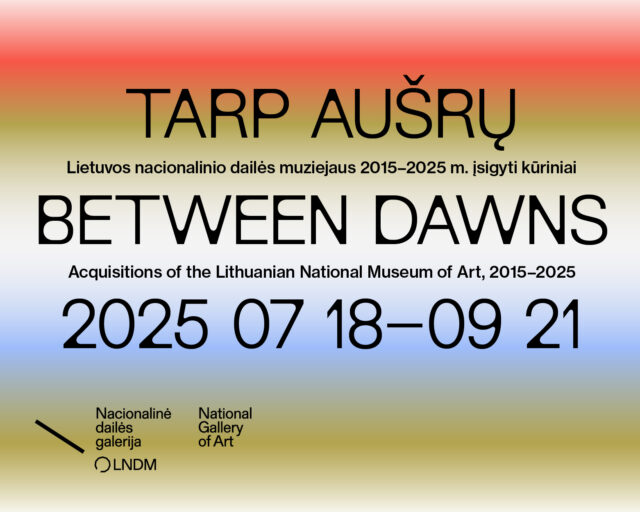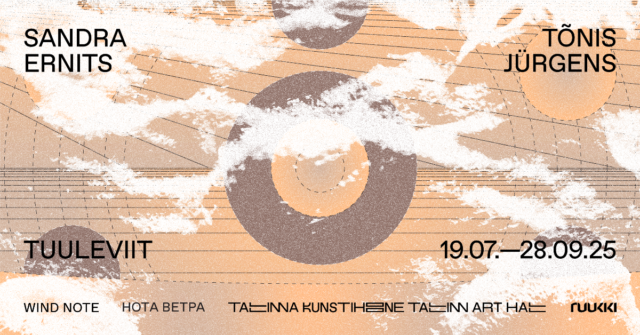International exhibition „Re: visited” at Riga Art Space
14 March – 27 April, 2014
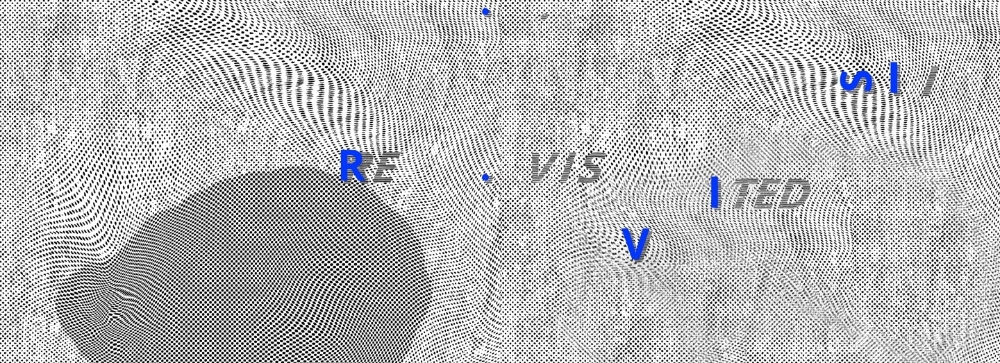
The exhibition “Re:visited”, one of the events of the official Riga 2014 European Capital of Culture programme, will be on show at the Riga Art Space from 14 March to 27 April. Organised by the LCCA, it questions a role of art biennials nowadays. The curator Solvita Krese, the director of the LCCA, has selected art works by various international artists represented recently at the most significant art biennials and shows abroad such as Manifesta, the European Biennial of Contemporary Art, the Venice Biennial, the Documenta exhibition in Kassel, the Istanbul Biennial and others.
Art history today is being written by exhibitions that have become the medium through which most art becomes known playing a significant role in articulation and positioning of art. One of the exhibition formats that have seen a particularly active spread worldwide over the last decades is the biennale. Along with its semantic meaning implying an event happening every second year, it also describes internationally visible, large-scale art mega shows thus pursuing the model of the founder of the tradition, the Venice Biennale.
How to treat the growth of the relatively new phenomenon of biennales? As an element of entertainment or tourism industry that feeds the demand of consumer society for culture festivalisation and a new Disneyland which deforms logical development of art processes? Or, on the contrary, biennales become platforms for creating experimental exhibitions and provide an alternative to museums allowing more flexible development of art processes and affirming ability of immediate response to latest tendencies and events?
The curator explains the concept of show as follows: “The exhibition “Re:visited” is not an attempt to create a puzzle or a mosaic, a kind of anthology of biennials or overview on latest art events. The exhibition results in a subjective view that tends to zoom in and grasp otherness, reflected in various forms of knowledge. Different experiences rooted in multiplicity of cultures and social texture may create tension between affiliation and non-affiliation, between inclusion and exclusion or extrusion.”
The artists: Umida Akhmedova (Uzbekistan), Kristīne Alksne (Latvia) and Emmanuel Pidre (Germany), Pawel Althamer (Poland), Meschac Gaba (Benin/Netherlands), Igor Grubic (Croatia), Jumaadi (Indonesia), Eva Kotatkova (Czech Republic), Nicolas Kozakis & Raul Vaneigem (Belgium), Ann Lislegaard (Norway), Jumana Manna (USA / Germany) & Sille Storihle (Norway), José Antonio Vega Macotela (Mexico), Mark Manders (Netherlands), Paolo Nazareth (Brazil), Selma and Sofiane Ouissi (Tunisia), Konstanze Schmitt (Germany) and Corin Sworn (the UK).
The address of the Riga Art Space: Kungu Street 3, Riga.
Exhibition ‘Visionary Structures. From Ioganson to Johansons’ at the Latvian National Library
Dates yet to be finalised
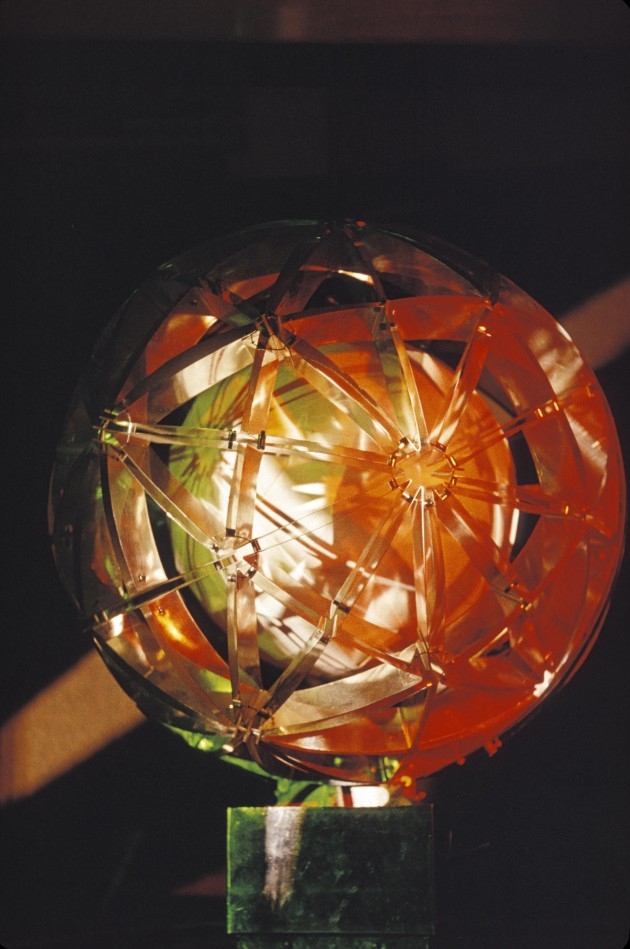
Valdis Celms, Prozitrons, 1976
The exhibition ‘Visionary Structures. From Ioganson to Johansons’ offers an insight into Latvia’s avant-garde art in the 20th and 21st centuries. Curated by Ieva Astahovska.
The earliest generation will be represented by Latvian art legends Gustav Klutsis (1895–1938) and Karl Ioganson (1890–1929), who belonged to the Constructivist group in Moscow in the 1920s.
The chronological mid-section of the exhibition will be represented by Valdis Celms (1943), Jānis Krievs (1942) and Artūrs Riņķis (1942). The works created by these artists in the 1970s and 80s are vivid proof of the fact that avant-garde and visionary art also existed during the era of Soviet rule in Latvia. The exhibition will showcase kinetic objects created by these artists, as well as environmental installations, visionary proposals and the socalled light paintings, related both to the Cold War ideas of modernisation and the romanticised ideas of the Space Age.
The younger generation of artists is represented by Gints Gabrāns (1970) and Voldemārs Johansons (1981). Both artists’ works are based on unique experiments in the synergy of art and science, involving visual interpretations of information and data intended to expand the boundaries of art and peer into the micro-levels of reality.
NB! The dates of the exhibition are still to be set as the construction process of the new building of the National Library is delayed.
International Contemporary Art Festival ‘Survival Kit’
4 September – 21 September, 2014
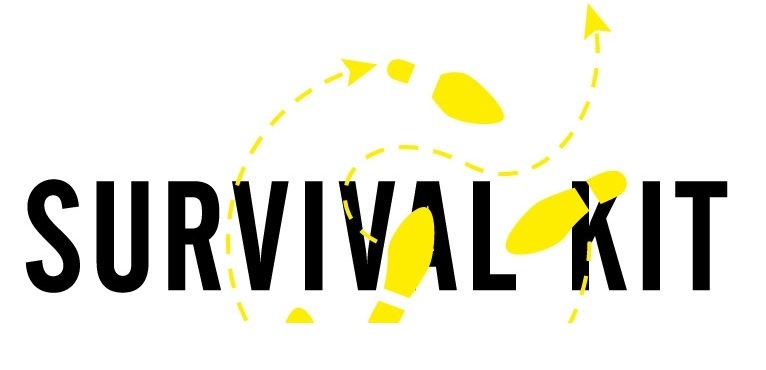
‘Survival Kit’ is an annual art festival that has run since 2009, when it began as a reaction to the global economic crisis which forced the public to find new strategies of survival and encouraged artists to discover fresh means of existence. Previously the festival has represented works by such artists as Oliver Ressler (Austria), Harun Farocki (Germany), The Yes Men (USA), Gabriel Lester (Netherlands) and other internationally well-known authors.
‘Survival Kit’ is curated by Solvita Krese, the director of the LCCA. In 2014 it is co-curated by Aneta Szylak, the director of Wyspa Institut of Art in Gdańsk, Poland. This year the festival is also a significant contribution to the programme of Riga as the European Capital of Culture. For the first time the festival will also take place in Umeå, Sweden.
In 2014 the theme of the festival is ‘The Utopian City’, which invites to view the city as a complex and incomplete structure, a place that does not exist. Which would be the best possible or perhaps impossible city model, where the spatial, political and social dimensions harmoniously complement each other? Looking for references in utopian visions by Plato and Thomas More, as well as revisiting Campanella’s City of the Sun or architectural utopias by Claude-Nicolas Ledoux and Étienne-Louis Boullée, we find ourselves in relatively recent past, which is characterised by attempts at modernist utopias, the splendour and misery of Marxist ideas, as well as an awareness of alternative living spaces and places proposed by various subcultures. The call for proposals for participation in the festival is published at www.survivalkit.lv.
The Latvian Centre for Contemporary Art is a non-governmental organization which aims to provide continuity of contemporary art processes and their integration into the international circuit. The centre is one of the most active art institutions in Latvia, and an internationally recognized cooperation partner. The centre holds exhibitions, organizes the contemporary art festival SURVIVAL KIT, carries out research, collects and distributes information on contemporary art, arranges lectures, discussions, conferences, cultivates interdisciplinary and innovative culture initiatives, participates in creating culture policies.














